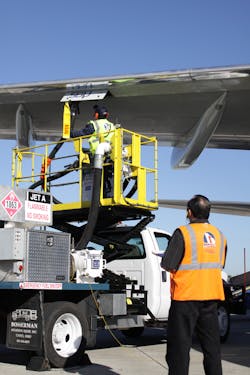One of my pet peeves when I ran my own FBO was training the ramp guys. There never seemed to be enough time – and the customer never wanted to spend any money – getting the ramp guys trained to the customer's needs. After all, customers usually call the shots on how they want their aircraft loaded and unloaded, fueled, etc. So all the training ended up being OJT – "on the job," for those of you who may be reading me outside the country.
OJT probably ends up costing everyone more in the long run. In my experience, unless OJT is formalized it rarely results in the same level of training as a structured course – which does not have to be a very long course to be effective. Sometimes, a day or two of classroom-style training can pay dividends to create a quickly up-to-speed employee who can then be monitored and mentored via structured OJT.
In the worst cases – as I saw in accident investigations when I was with the NTSB – unstructured OJT can just serve to perpetuate bad and even dangerous habits. The shortcuts that a seasoned employee may learn to take after years of experience, can be disastrous when taken by an inexperienced, new worker.
I hear frequently from operators that with the current employee turnover rate, training just takes a backseat to getting the job done. And I hear from employees that they are thrust into jobs they have no training for. Would love to hear what you all are doing out there. Is training the problem for you that I'm being told it is?
About the Author

John Goglia
John Goglia has 40+ years experience in the aviation industry. He was the first NTSB member to hold an FAA aircraft mechanic's certificate. He can be reached at [email protected].
John Goglia is an independent aviation safety consultant and Adjunct Professor at Vaughn College of Aeronautics and Technology and regular monthly columnist for four aviation trade publications. He was an airline mechanic for more than 30 years. He has co-authored two text books (Safety Management Systems in Aviation, Ashgate Publishing 2009 and Implementation of Safety Management Systems in Aviation, Ashgate Publishing 2011).
